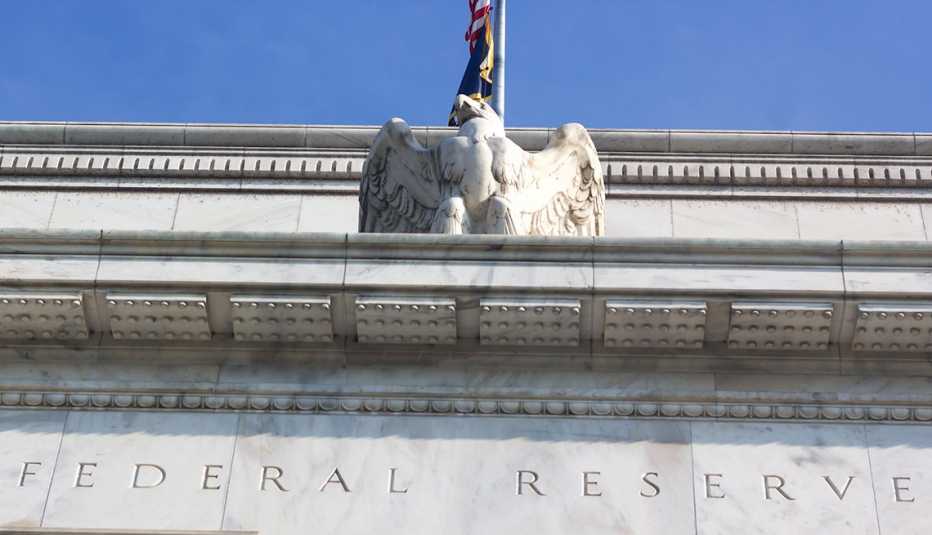Staying Fit
The inflation rate dropped from 9.1 percent in mid-2022 to 3.1 percent in November 2023, according to the U.S. Bureau of Labor Statistics, but that doesn’t mean prices are going down — they’re just going up less steeply. We’re all still feeling the pressure on our pocketbooks, whether buying food, seeing a doctor or paying the rent.
But rising prices don’t just put a damper on our current spending; they are a threat to our retirement income as well.


AARP Membership— $12 for your first year when you sign up for Automatic Renewal
Get instant access to members-only products and hundreds of discounts, a free second membership, and a subscription to AARP the Magazine.
When it comes to building a retirement nest egg, “most households want to maintain a certain standard of living, not just a certain dollar amount,” says Anqi Chen, senior research economist for Boston College’s Center for Retirement Research. If your retirement savings and income don’t keep up with inflation, you may have to cut back substantially on spending if you want your money to last.
Fortunately, there are ways to blunt inflation’s impact on your long-term financial health, some built into particular income streams and savings vehicles, others dependent on your choices. Here’s how different sources of retirement funds protect against inflation — or don’t.
Social Security
Ninety percent of Americans age 50 and over say they are worried current or future Social Security benefits won’t keep up with inflation, an October 2022 AARP study found, but Social Security may in fact provide the best defense against inflation among retirement vehicles.
Benefits have built-in inflation protection in the form of an annual cost-of-living adjustment (COLA). If a government measure of consumer prices shows an increase from year to year, Social Security payments rise by an equivalent percentage. The 2024 COLA is 3.2 percent.
Social Security’s inflation shield is imperfect because the COLA reflects the previous year’s price changes rather than current economic conditions. For example, 2020’s 1.3 percent adjustment, based on 2019 price trends, was quickly eclipsed by surging inflation during the pandemic. But over time, the COLA offers a consistent safeguard of retirees’ buying power.







































































